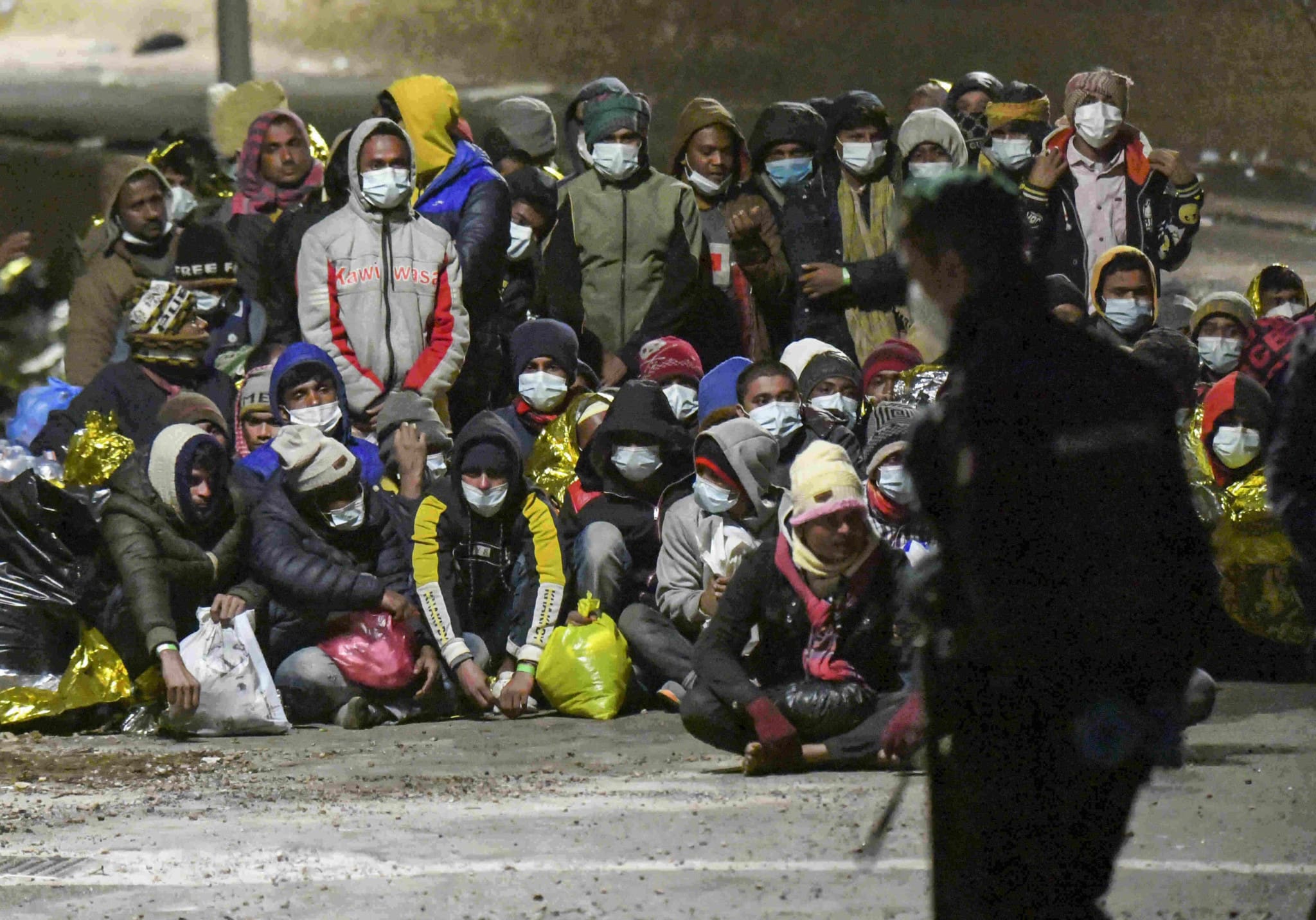Last year, coronavirus froze not only ordinary travel in Europe but illegal migration as well. Migration is now on the rise again as the measures ease. This was stated by the European Frontex agency, which sees growing numbers of refugees in the Mediterranean Sea, but also in the Balkans. On the contrary, the eastern route through Turkey and Greece is not so widely used.
In June alone, Frontex recorded 11,150 illegal crossings of the European Union’s external border. This is a 69 percent increase compared to the same period last year. A total of 61,000 refugees tried to get into the EU in the first six months of this year. Compared to 2020, this is an increase of 59 percent.
The European Border and Coast Guard Agency explains that the rise in the number of migrants is prompted by the gradual lifting of coronavirus restrictions in Europe. The current warm weather also contributes to migrants attempting to cross the Mediterranean Sea.
The most used route is still the one leading through the middle of the sea. After a year of decline, human smugglers have resumed their activities in Libya and Tunisia and are sending migrants by ship to Italy. According to the International Organization for Migration (IOM), more than 22,000 people came to the southern European country this year. The number of incoming migrants has thus tripled compared to last year, IOM added.
In June, 4,700 people, mainly Tunisians and Bangladeshis, set out on this dangerous journey, Frontex reports, adding that the number doubled compared to 2020. However, not everyone succeeds in crossing the sea. According to the Statista portal, at least 827 people drowned in the Mediterranean between January and June 24. The International Organization for Migration (IOM) reports an even higher number: 1,146 deaths, twice more than last year.
Countries in the Western Balkans are also experiencing strong pressure. Migration there increased by 92 percent compared to last year, and a total of 18,600 people, mainly Syrians, illegally crossed the border there. Therefore, in June, Frontex promised to strengthen its presence on the border between Serbia and Bulgaria so it could better fight people smugglers.
At the other end of Europe, Spain registers refugees mainly from Algeria and Morocco. By the end of June, 5,800 people had tried to cross the European border there. The Frontex agency recorded the biggest increase in May, when thousands of migrants headed to the Ceuta enclave. The Spanish government had to deploy armored vehicles and soldiers to handle the crowds of refugees. The influx of migrants from sub-Saharan countries is also being recorded in West Africa.
On the eastern side of the Mediterranean, on the other hand, migration has decreased. Compared to last year, it declined by 40 percent. Of the 7,340 people who chose this route, most came from Syria and Turkey.
However, Frontex notes that its preliminary data only include the crossing of the EU’s external borders. Thus, the same person can be counted more than once if he tries to get into the Union through several different points.
In recent days, the migration situation also has been deteriorating on the Lithuanian border as, according to Lithuania, the regime of Belarusian President Alexander Lukashenko deliberately sends buses full of migrants. On Monday, Frontex stated that further assistance would be deployed to the area at the request of the Lithuanian government.
In the spring, EU officials also promised help Greece. During a visit to a refugee camp on the island of Lesbos, EU Commissioner Ylva Johansson then said that the EU had set aside more than a quarter of a billion euros to build new centers on the Greek islands. She also pointed out that the member states must agree on new migration rules. However, this has not yet happened.
Title image: Migrants wearing face masks to curb the spread of COVID-19 wait at a pier on the Sicilian island of Lampedusa, southern Italy, Monday, May 10, 2021. Several hundred more migrants reached the tiny Italian island before dawn on Monday, swelling to over 2,100 arrivals in around 24 hours and fueling calls from across the political spectrum for the Italian government to strengthen its migration policies. (AP Photo/Salvatore Cavalli)






